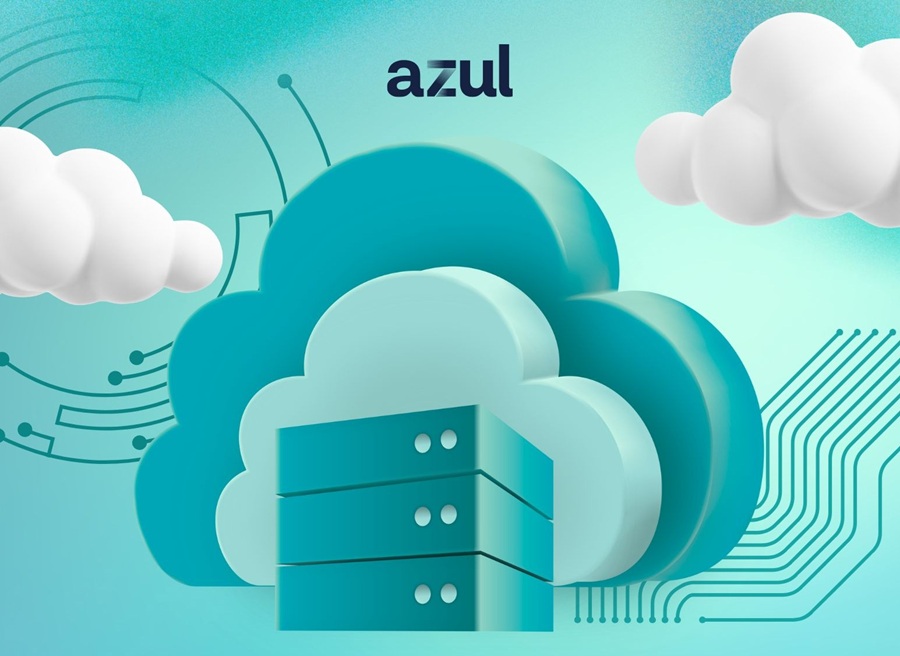The use of AI is booming across the modern enterprise. In fact, according to Gartner's 2019 CIO Survey, the number of enterprises implementing AI grew 270% in the past four years and tripled in the past year. However, many enterprises will be unable to realize the full potential of their initiatives until they find more efficient means of tracking data, code, models and metrics across the entire AI lifecycle.
To better understand the AI maturity of businesses, Dotscience conducted a survey of 500 industry professionals in its inaugural State of Development and Operations of AI Applications 2019 report.
Research findings indicate that although enterprises are dedicating significant time and resources towards their AI deployments, many data science and ML teams don't have the adequate tools needed to properly collaborate on, build and deploy AI models efficiently.
AI Goes Mainstream
AI has moved beyond the experimentation stage and is now seen as a critical and impactful function for many businesses. Enterprises are becoming increasingly reliant on AI for its ability to deliver greater operational efficiency, streamline complex business processes, and support cost control and profit potential. This is evidenced by the survey results, which indicate that the top three drivers of AI adoption are efficiency gains (47%), growth initiatives (46%) and digital transformation (44%). Furthermore, over 88% of respondents at organizations where AI is in production indicated that AI has either been impactful or highly impactful to their company's competitive advantage. The exponential growth of AI's value and influence is also reflected in the large investments organizations are making in AI. Nearly a third of respondents (30%) are budgeting between 1 and 10 million dollars for AI tools, platforms and services.
Unfortunately, it's not all rainbows and sunshine in the world of enterprise AI. The study also found that despite this level of financial commitment, data science and ML teams continue to experience issues, including duplicating their work (33%), rewriting models after team members leave (28%), justifying the value of their projects to the wider business (27%), and slow and unpredictable AI projects (25%).
Manual Tools and Processes
Despite providing an impactful competitive advantage for enterprises, AI deployments today are largely slow and inefficient. The manual tools and processes primarily in use to operationalize ML and AI don't support the scaling and governance demanded of many AI initiatives.
The top two ways that ML engineers and data scientists collaborate with each other are by using a manually updated shared spreadsheet for metrics (44%) and sitting in the same office and working closely together (38%). These methods of collaboration ultimately disrupt efficiency and limit AI's potential. Machine learning has many moving parts, and teams require version control for their training and test data, their code and their environment, as well as metrics and hyperparameters in order to collaborate efficiently. Survey findings show that over 35% of organizations don't use any version control for their training and test data. However, of those who don't currently have any version control, over 60% would like to.
These limitations are compounded by the fact that nearly 90% of respondents either manually track model provenance (a complete record of all the steps taken to create an AI model) or do not track provenance at all. And of those that manually track model provenance, more than half (52%) do their tracking in a spreadsheet or wiki, a cumbersome and error-prone approach.
Challenges in Scaling AI Initiatives
Despite significant investment in AI, many companies are still struggling to stabilize and scale their AI initiatives. The manual tools and processes being used by many for AI model development are insufficient and do not support the required scaling and governance.
While 63% of businesses reported they are spending between $500,000 and $10 million on their AI efforts, 61% of respondents continue to experience a variety of operational challenges. This is evidenced by the fact that 64% of organizations deploying AI said that it is taking between 7 to 18 months to get their AI workloads from idea into production, illustrating the slow, unpredictable nature of AI projects today. Meanwhile, for nearly another 20%, the anticipated timeline is 19+ months to production.
DevOps Like It's 1999
The challenges faced by data science and ML teams today are reminiscent of the same challenges facing software engineers in the late 1990s. Then came DevOps, which transformed the way software engineers deliver applications by making it possible to collaborate, test and deliver software continuously.
With ML and AI projects today, collaboration is even more challenging when compared to basic software engineering. Normal software development tools focus on versions or commits of code whereas ML has many more moving parts. ML teams require version control for both training and test data, their code and their environment, as well as metrics and hyperparameters for each training run.
While ML and AI are understood as powerful technologies with the potential to reinvent the global economy, operationalizing AI still remains a major hurdle for many organizations. To simplify, accelerate and control every stage of the AI model lifecycle, the same DevOps-like principles of collaboration, fast feedback and continuous delivery should be applied to AI. Only then can enterprises realize the full potential of their AI deployments across the organization.

